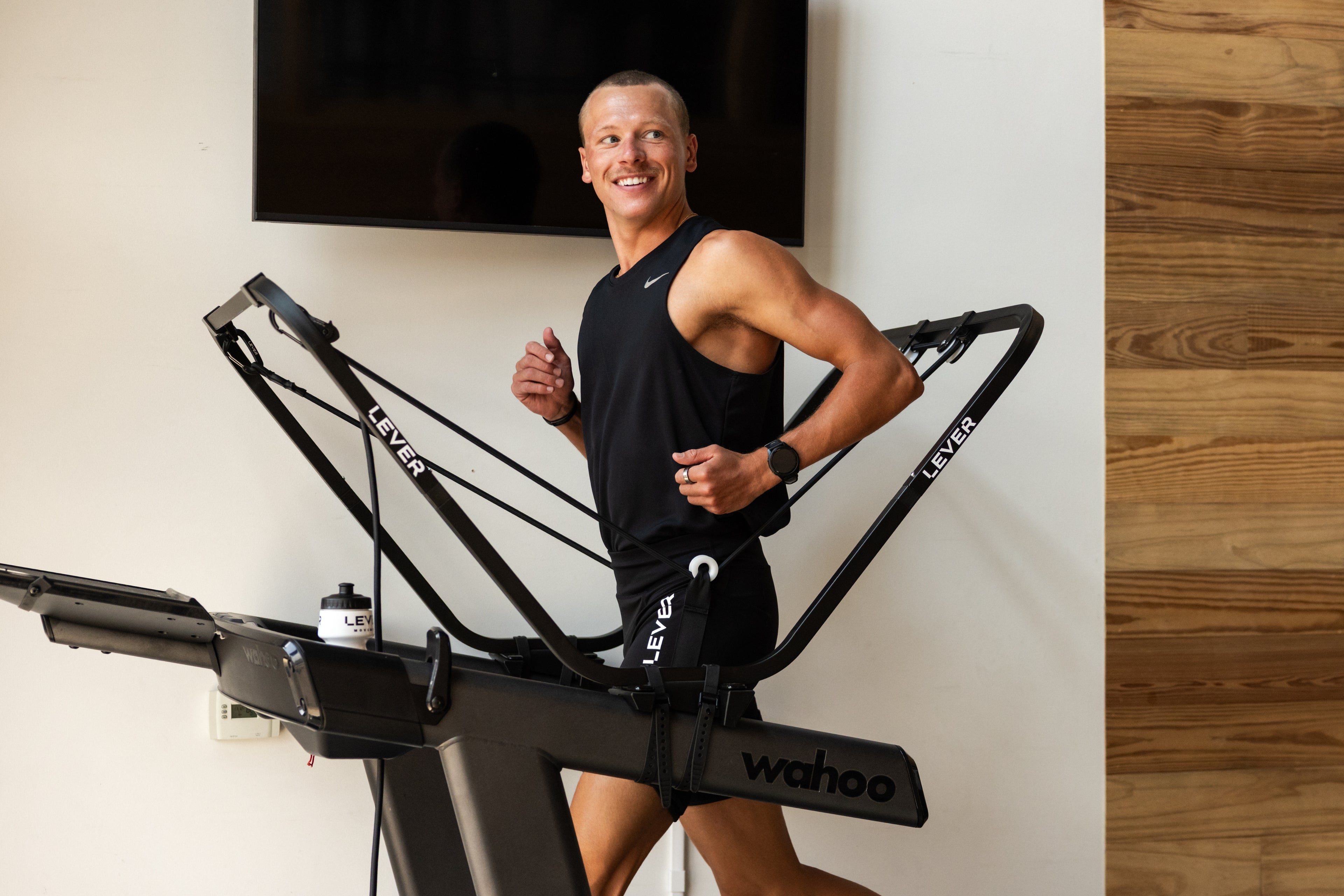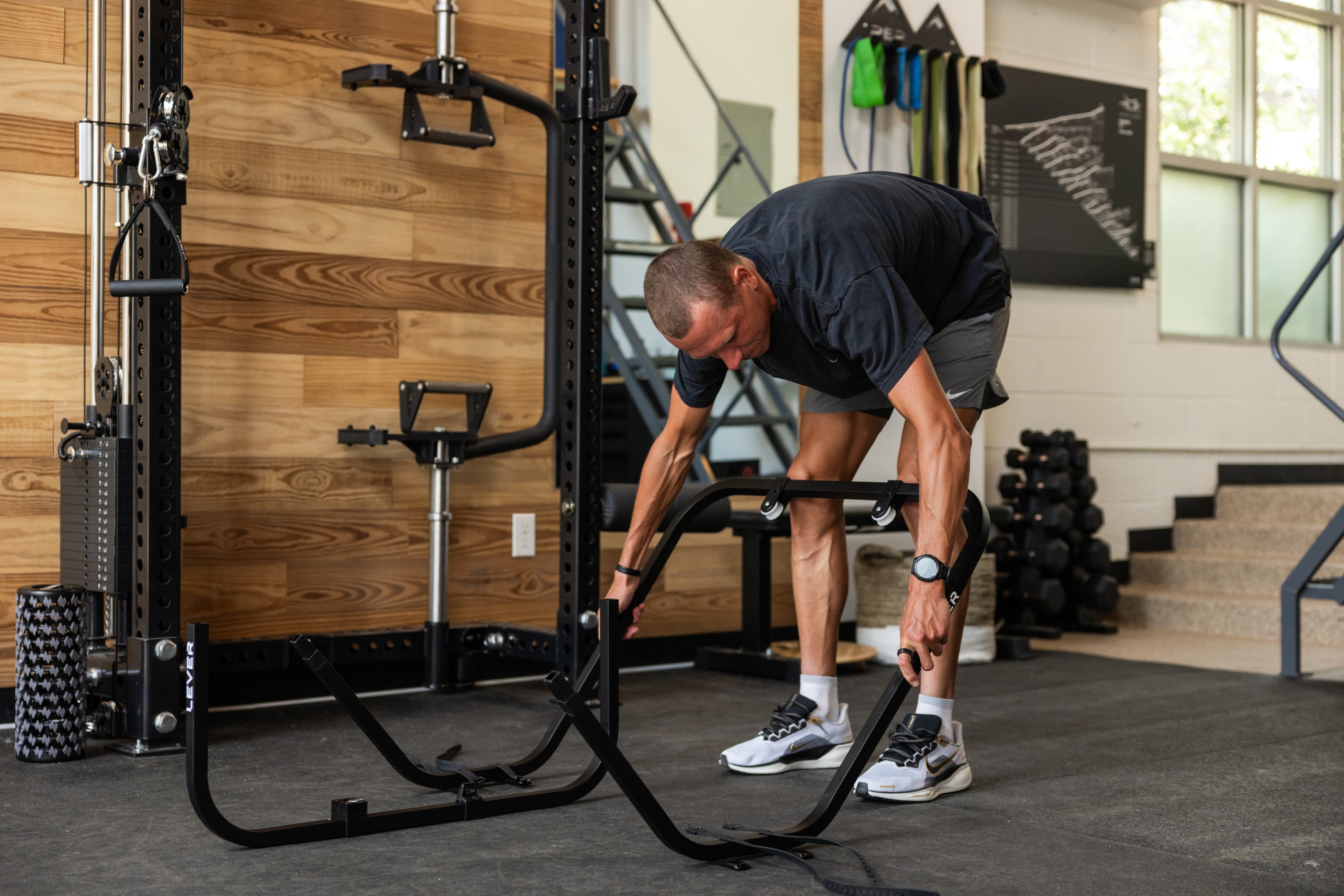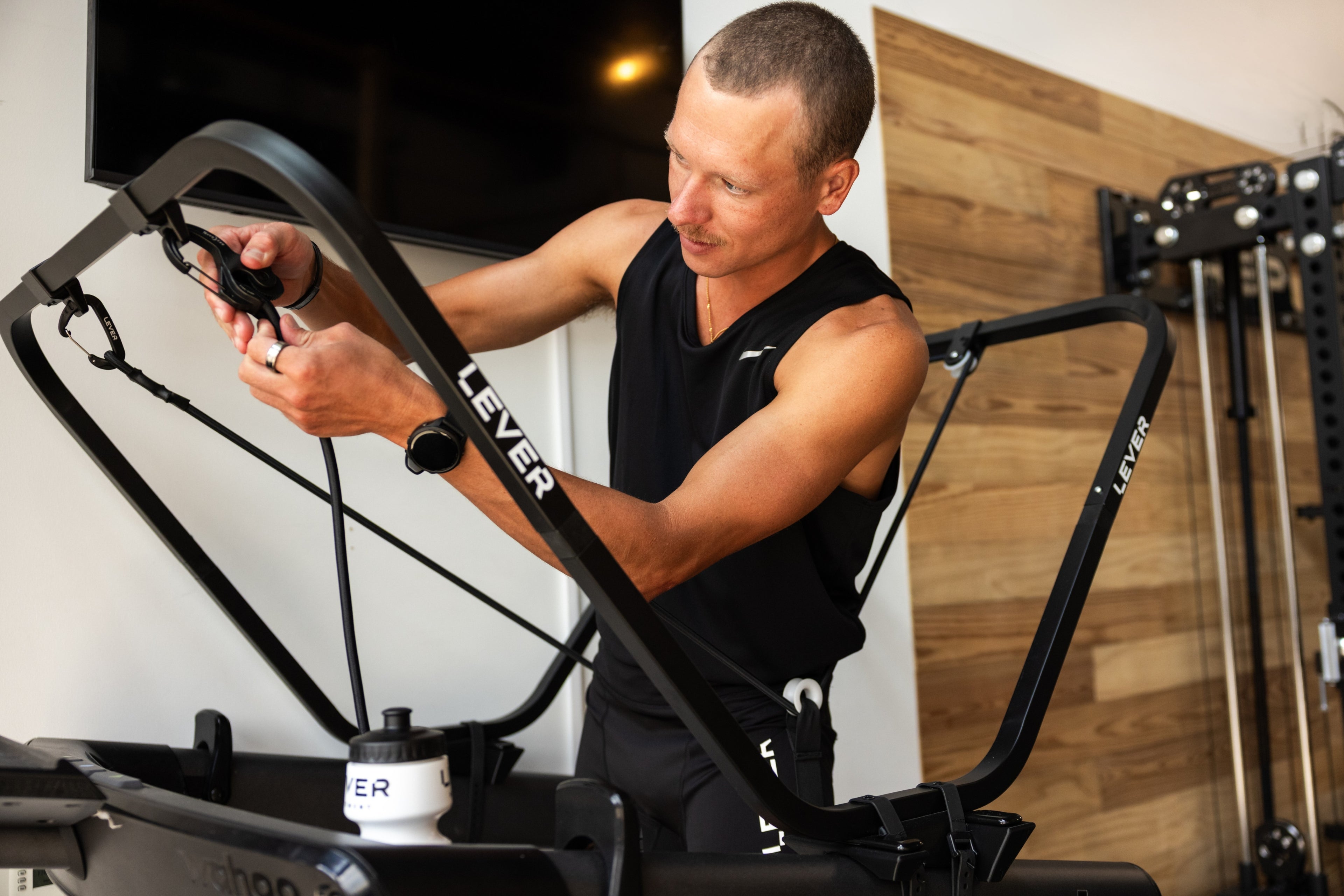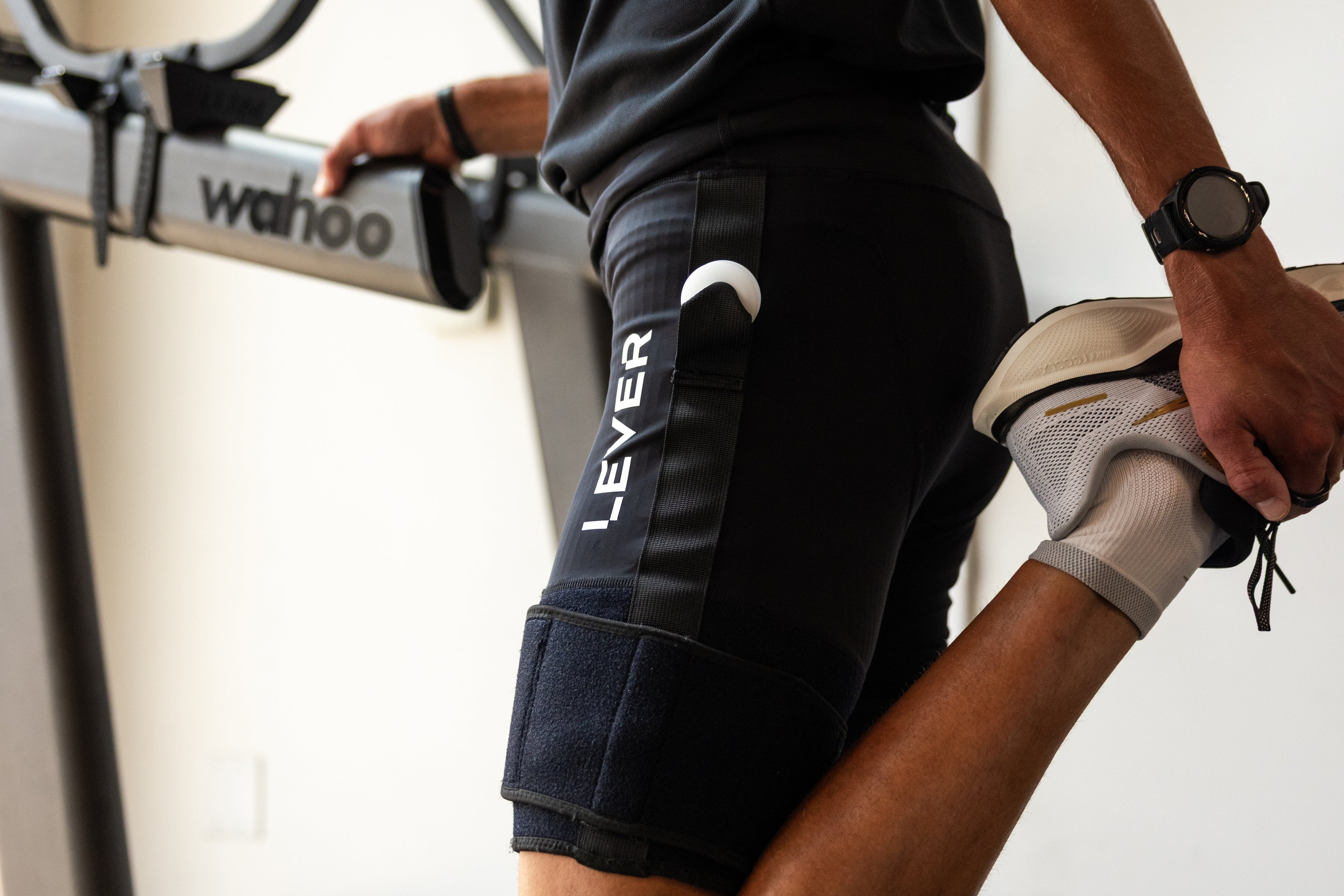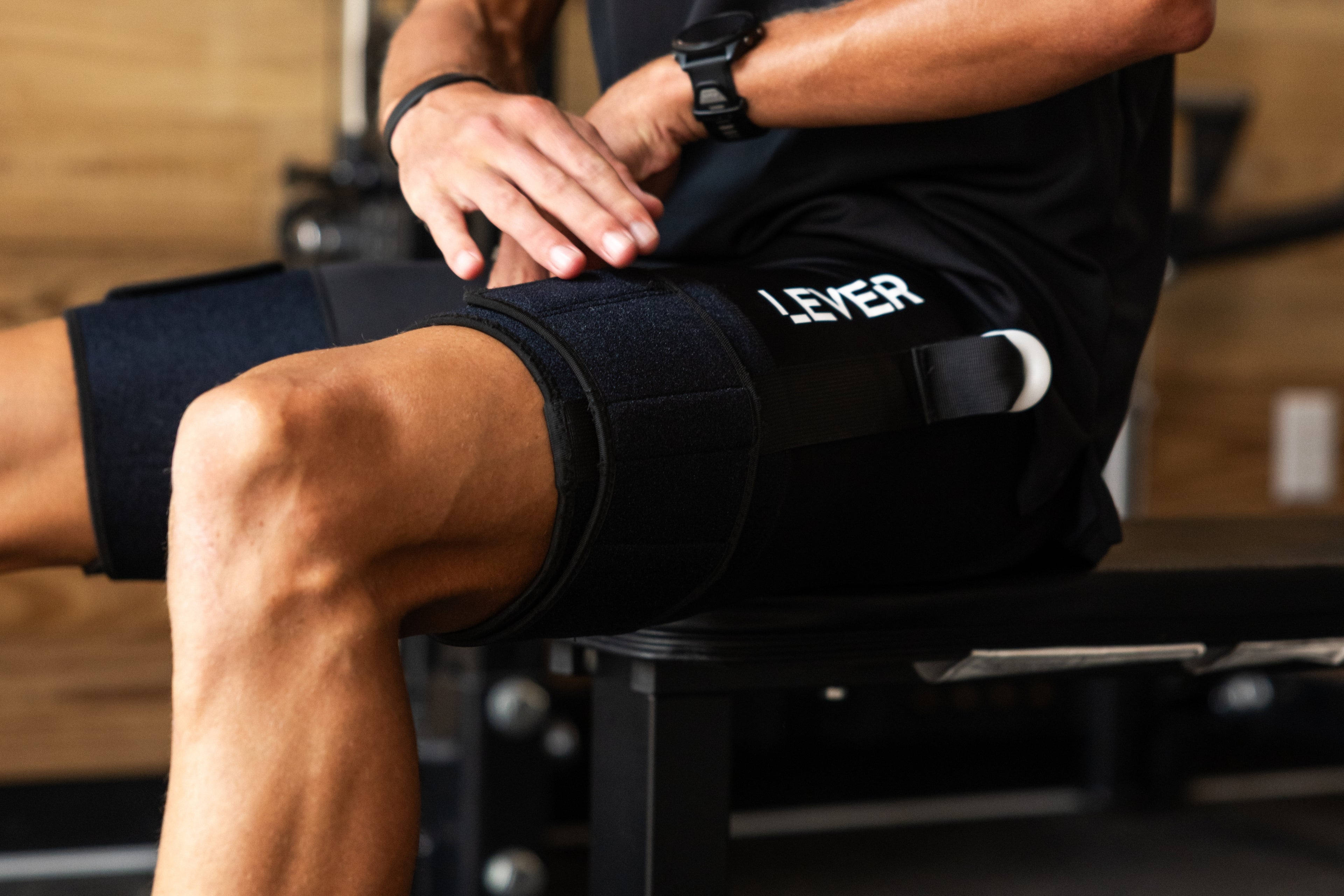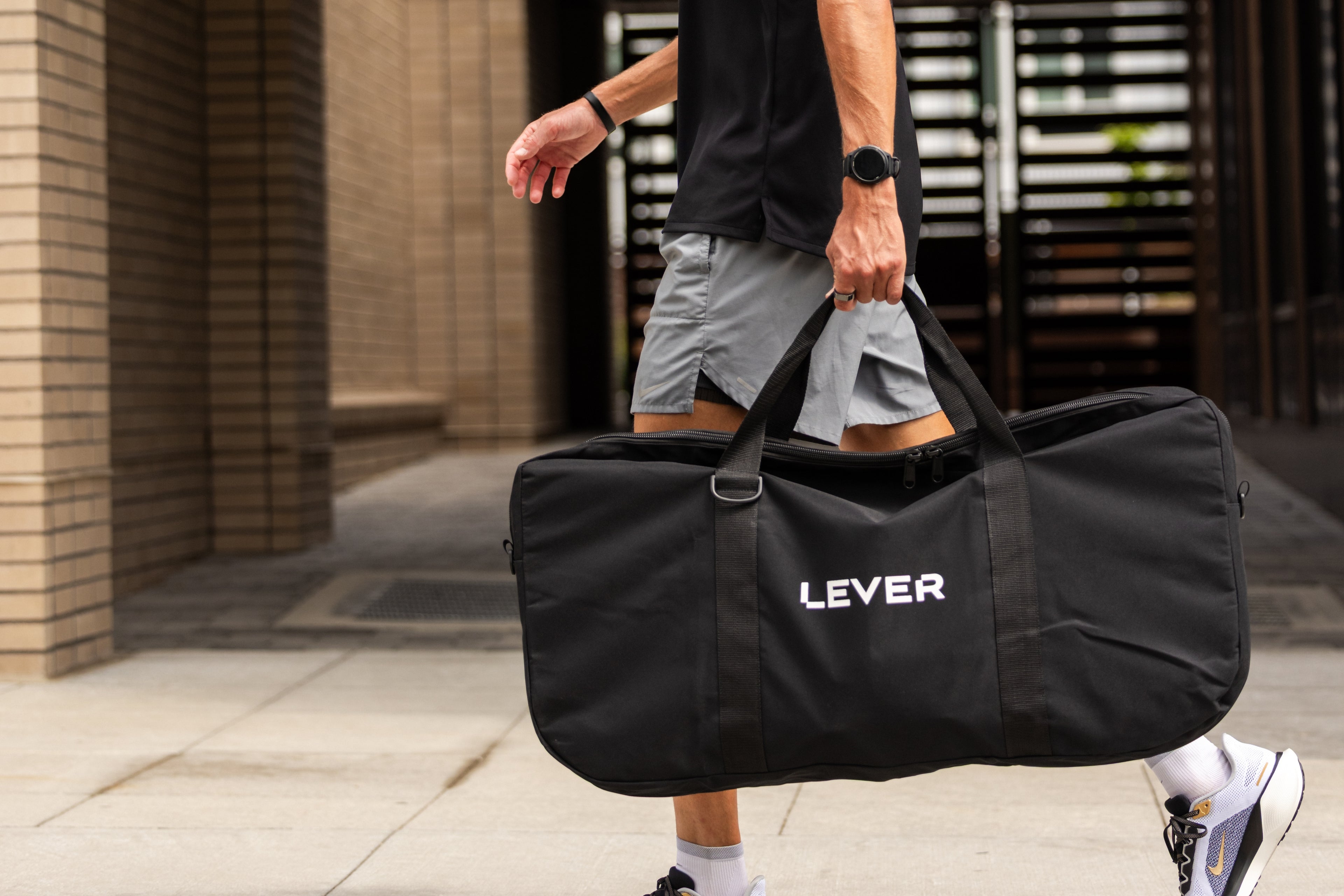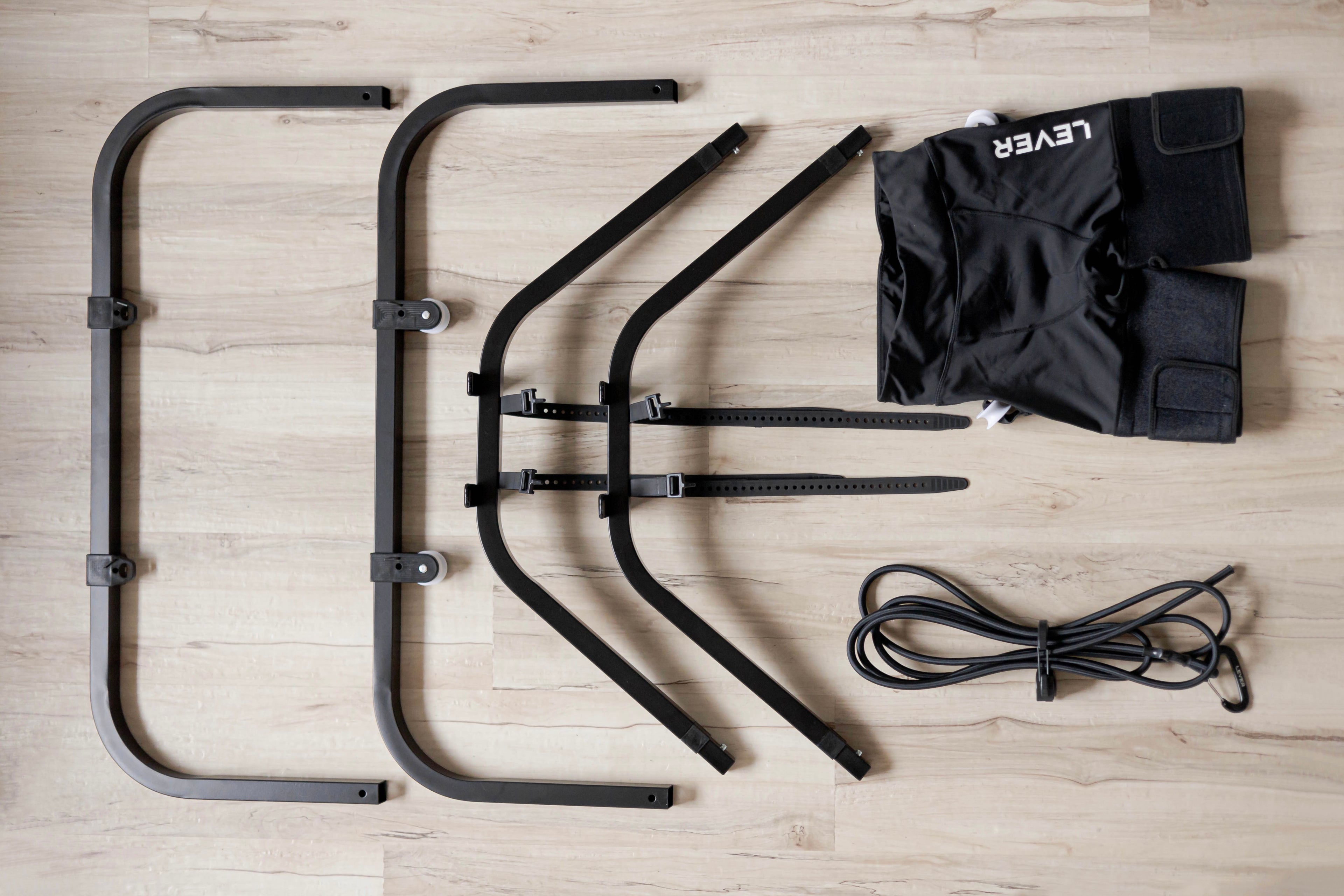We dive into a 2021 study by Megan Wagner and Kevin D Dames, highlighting the importance of incline running with Body Weight Support. This research is significant for both athletic training and rehabilitation and sheds light on how athletes can maintain fitness levels during injury recovery.
The Study at a Glance
Megan Wagner and Kevin D Dames, from the Physical Therapy Department at D’Youville College and the Kinesiology Department at SUNY Cortland explored the importance of incline running with Body Weight Support. Their research addresses a vital question in sports medicine: How can athletes effectively rehabilitate while preserving their metabolic fitness?

Key Findings from the Research
The study recruited fourteen participants (six females and eight males) to perform steady-state running trials. Here's what they found:
-
Running Trials: Participants ran at 8.5mph with 30% Body Weight Support, across varying inclines from 0% to 15%.
-
Oxygen Consumption & Heart Rate: At 0% incline with 30% Body Weight Support, there was a 21.6% reduction in oxygen consumption and a 12% lower heart rate compared to the control condition.
-
Impact of Incline: Every 2% increase in incline with body weight support raised oxygen consumption by 6.4% and heart rate by 3.2% on average.

A Closer Look at the Results
"Each 2% increase in incline with body weight support increased oxygen consumption by 6.4% and heart rate by 3.2% on average. A 7% incline elicited similar physiological measures as the unsupported, level condition. However, the perceived intensity of this incline with body weight support was greater than the unsupported condition." - Wagner and Dames.
This insight is pivotal for understanding how incline adjustments can compensate for the reduced metabolic demand of Body Weight Support.
The study concludes that athletes can maintain training intensity while using Body Weight Support by introducing varying degrees of incline. This is crucial for athletes returning to sport post-injury, ensuring they do not lose metabolic fitness during their rehabilitation period.











